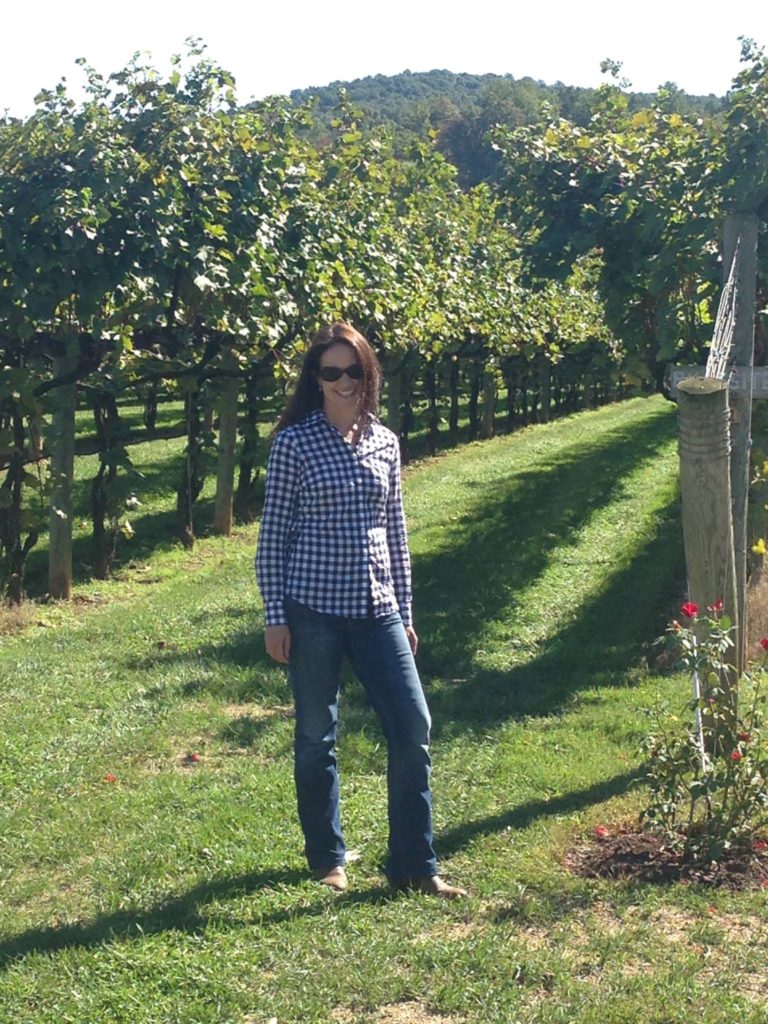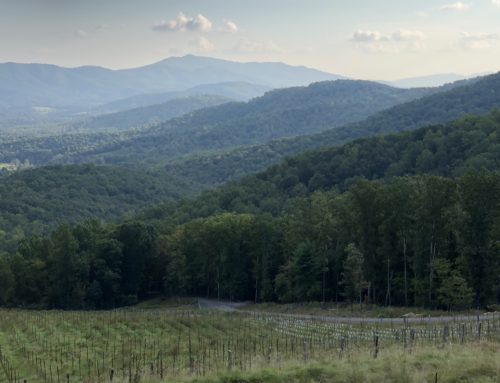I mentioned a while ago that I’ve begun studying for the WSET Diploma Level 4 certification. The first course in this 2-3 year program is all about viticulture (what happens in the vineyard) and vinification (what happens in the cellar). One of my recent assignments was to establish a vineyard and discuss the reasons for my choice.
I decided to remain in the Commonwealth of Virginia, and here is my proposal. I thought some of you may find this analysis interesting, especially if you enjoy Virginia wines from the Charlottesville area.
Establishing A Vineyard:
I propose establishing a vineyard in the Monticello AVA (American Viticultural Area) in Virginia. This area lies on the eastern slopes of the Blue Ridge Mountains and encompasses the small ridge known as the Southwest Mountains. Thomas Jefferson planted the first vitis vinifera in the region in the late 1770’s.
The Monticello AVA is well inland and has a continental climate. The Blue Ridge Mountains will provide some rain shadow effect to protect the vineyard from storms approaching from the west. In addition, the rolling foothills of the area provide numerous vineyard sites with steep south and east facing slopes to provide good drainage and sun exposure. These hills will allow for mid-slope plantings in order to avoid morning frosts, take advantage of warmer air for ripening, and cooler nights to maintain acidity. While Virginia is known for its red clay soils that are often a problem with regard to drainage and cooler soil temperatures, there are many sites in the region where granite or clay strata with significant portions of shists from volcanic basalts can be found. These preferred sites provide better drainage and ripening potential.
Virginia is quite warm during the growing season with average high temperatures (Fahrenheit) in the upper 7O’s in May and the upper 80’s during the summer months. These warm temperatures usually ensure full ripeness in most vintages. Due to humid summers, fungal disease may be a concern. The use of VSP (vertical shoot positioning) trellising systems provide more airflow and sun exposure to minimize this risk.
Virginia is now the 5th largest wine producer in the United States and has been producing wine commercially since 1976. Most of the earliest vineyards are from within this AVA. Virginia Polytechnic Institute (VPI), one of the state’s largest universities, has a reputable enology and viticulture department. VPI would be a source of expertise as well as qualified employees for some of the winery’s operations.
While the Monticello AVA has numerous established wineries, the market does not appear to be saturated at this time. And, the existence of other producers would likely provide access to experienced vineyard workers. Also, Virginia has very few regulations that would limit variety choice; currently, Cabernet Franc, Viognier, Chardonnay, and Cabernet Sauvignon perform well in the AVA.
Well, this may be more information than you needed to enjoy a lovely glass of Viognier from a local Virginia vineyard; however, I hope you learned something new that may enhance your understanding of what happens from grape to glass as well as the many considerations that contribute to the style and quality of a fantastic wine.
Cheers! 🌎🍷🥂


